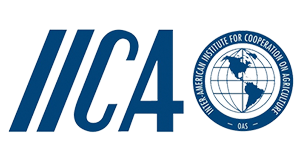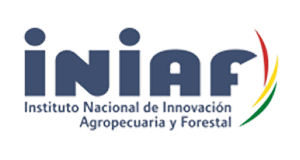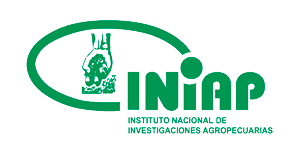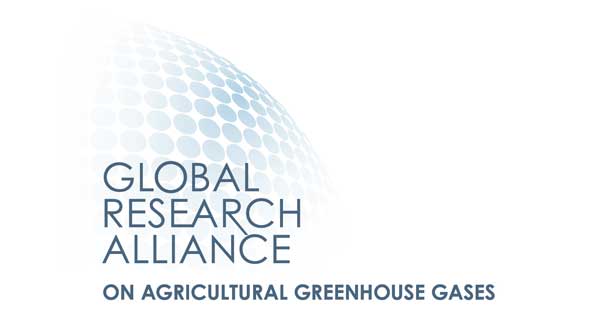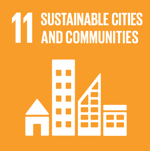Reducing greenhouse gases from livestock production in the Andean Region
Improvements in dual-purpose dairy herds feeding (i.e., supplementation or use of preserved forage), animal genetics, irrigation, and pasture management led to reduced greenhouse gas (GHG) emissions in Bolivia was reduced, Colombia, Ecuador, and Peru
Context of the story
This project aimed to improve methane (CH4) and nitrous oxide (N2O) emission quantification techniques. Furthermore, it intended to generate strategies to help mitigate these emissions in dual-purpose livestock production systems in the Andean Region.
Strategies to mitigate GHG emission
The implemented initiative
This project was structured in five components. The first consisted of biophysical and socioeconomic characterization of dairy production sites. In a second, methane and nitrous oxide emissions were evaluated in production systems (traditional and improved). The third evaluated feeding strategies to enhance milk production systems and to reduce their emissions. Followed by the development of gas mitigation scenarios for pilot sites. Finally, improvements in research capacities in methane and nitrous oxide and contribution to public policies.
Feeding impact on GHG emission
The technological solution
Livestock feeding improvements such as non-structural carbohydrates reductions and/or higher dietary protein resulted in an average increase of 1.34 liters of milk per day and 34% less methane emissions per liter of milk.
Results
Improved systems had greater milk yield per lactation (2,369 vs. 1,990 kg/lactation) and lower cost of production (0.29 vs. 0.21 $/kg) compared to traditional ones. Furthermore, methane emissions per liter of milk were lower in improved systems than in traditional systems (29 vs. 44 g methane/kg of milk). Hence, feed with lower structural carbohydrates and greater crude protein contents helped to reduce enteric fermentation and enhance milk production.

 Back to the project
Back to the project Peru
Peru Bolivia
Bolivia Colombia
Colombia Ecuador
Ecuador